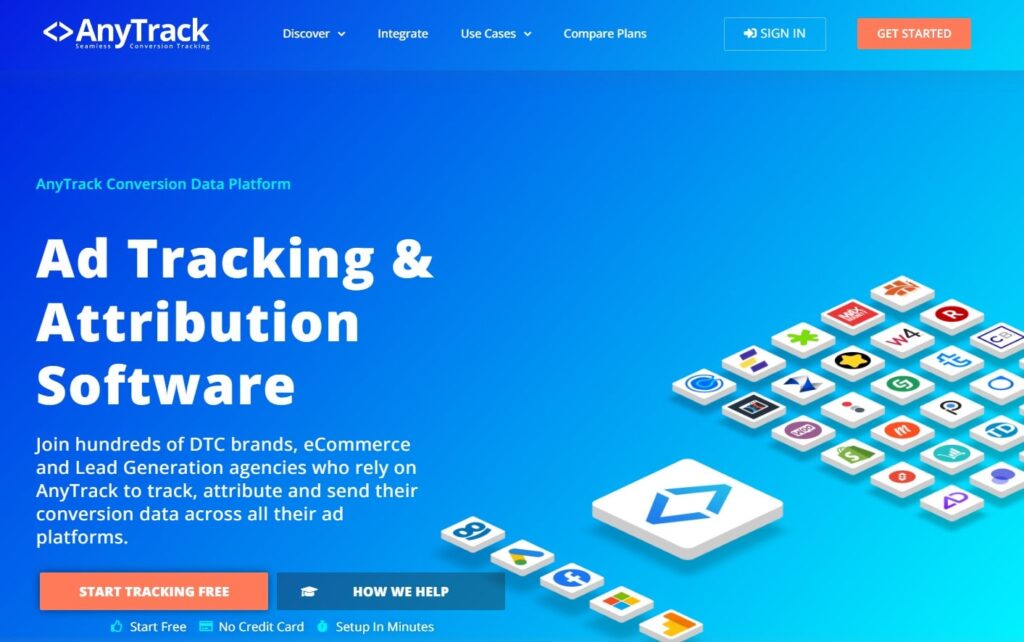How do you manage micro-SaaS companies?
The significant differences between micro-SaaS companies and non-micro-SaaS businesses bring about new challenges for management.
Fortunately, there are ways to manage micro-SaaS effectively despite the challenges.
This article will dive into how to manage micro-SaaS companies well.
5 Ways to Manage Micro-SaaS Companies
When it comes to managing micro-SaaS companies, there’s no one-size-fits-all solution.
Several options might work better for some than others.
Here are five excellent and different ways you can manage micro-SaaS companies.
1. Automate Onboarding and Human Resource Processes

Normally, only one person or a small group runs a micro-SaaS company.
Even still, companies tend to expand at some point.
One of the best ways to prepare for that scenario is by automating your onboarding and human resource (HR) processes.
Automation helps keep everything in a central location.
When you find a way to automate your onboarding and HR processes, you’ll be able to save time and use it instead to focus on problems that require your full attention.
All your customer and company information will also be within reach in seconds, thus ensuring less room for error with misinformation.
Besides onboarding, you should automate your offboarding processes too.
Automatically removing ex-employees from your network will ensure there are no security breaches.
2. Have an Updated Inventory of All Your Business Apps

For micro-SaaS companies, keeping an updated inventory of all the apps you use within the company is necessary to make your business processes run smoother.
You can begin by comprehensively listing all the apps and their details.
You’ll want to note who uses the apps, what for, how many subscriptions you have, and when the subscription ends.
Other information may include costs, compliance, and legal information.
You might have to do software surveys and audits and look through the software for app discovery.
3. Optimize and Consolidate All Your Licenses
One of the best things you can do to manage your micro-SaaS companies is to optimize and consolidate all your licenses.
There are often several apps with similar functions, so it’s vital that you get rid of the unnecessary ones to make management more effortless.
Doing this is a great way to stick to your budget too.
You can start by reviewing your apps and taking note of which ones you enjoy using.
Then, you can list down which ones you prefer over others.
You’ll want to look at the ones you like best, the safest ones, and those that work well with the others you choose.
Just make sure you’re not getting rid of the tools your team members need.
Once you’ve compiled and consolidated your list, you can see vital information about when your license renewal dates are and more.
4. Review All Your Apps

Things can quickly get out of control when apps are continuously added to your queue.
Luckily, you can manage micro-SaaS companies by reviewing all apps before implementing them.
You’ll want to look at several things when reviewing all the apps.
These include features, level of security, integration processes, and permission controls.
Aside from that, you also need to check if they’re compliant.
Non-compliant apps can cause you to be fined. You also risk damage to your brand’s reputation.
5. Automate Your Product Adoption
Automation is ideal for managing most technology, but especially for micro-SaaS.
It helps eliminate—if not minimize—errors and lag time.
Automating your product adoption lets you see which products are being used and which ones you need to abandon.
Examples of Well-Managed Micro-SaaS Companies
1. Carrd

One of the most well-known micro-SaaS businesses, Carrd helps you create cost-effective landing pages and websites and offers features like widgets, Google Analytics, and custom domain names.
It’s an excellent tool for artists, influencers, bloggers, and entrepreneurs.
2. Plausible

Plausible is a micro-SaaS product in the form of open-source analytics.
It supports web analysis and tracking while protecting a company’s privacy.
In addition, it allows you to simplify your data and get reports on your website’s performance without using Google Analytics or another dashboard.
3. Storemapper

Storemapper is a store locator app that allows businesses to create maps with their store locations.
It comes with a free seven-day trial, but most people end up paying for its subscription model since it works so well.
4. Punkt

Punkt is electronic journaling software that helps users journal their experiences online.
It allows you to think through your thoughts and access them via the Internet anytime.
You can jot down your feelings, places you’ve visited, and even moments you want to reflect on.
5. AnyTrack

AnyTrack allows companies to automate their customer data by connecting market channels to their customers in real time.
It integrates with Shopify and Google Analytics and has 100% data automation.
Frequently Asked Questions About Micro-SaaS Companies
If you still have questions surrounding micro-SaaS company management and what they are, we’re here to help.
Here are some frequently asked questions others are curious about. Hopefully, tackling them below will provide you with more insight.
What are the types of micro-SaaS?
There are many types of micro-SaaS businesses.
You can create employee engagement tools, email marketing automation tools, and more.
In fact, we wrote an article covering numerous micro-SaaS ideas you can try.
How long does it take to build a micro-SaaS?
The time it takes to build a micro-SaaS varies, but it takes about 150 hours on average.
It can take less time, but it might not be of high quality. Once your micro-SaaS is ready to go, users should be able to start using it almost immediately.
Is micro-SaaS profitable?
Yes, micro-SaaS businesses can be profitable. They can help generate steady income without too much overhead.
Take note, though, that just like other businesses, you might not see immediate success with a micro-SaaS.
How much can you make with a micro-SaaS?
How much you’ll make will vary, but many micro-SaaS companies can make anywhere from $1,000 to $10,000 per month.
This is a significant amount as a side project or when you want to start your own business.
Some people will even make this their full-time project as they find success.
Final Thoughts on Micro-SaaS Companies
Managing micro-SaaS companies isn’t as challenging as you might think.
The tips discussed above should be a great starting point for learning how to manage a micro-SaaS company.
We also wrote an article that covers recommendations you’ll need to know if you plan to learn more about starting your own micro-SaaS company.

